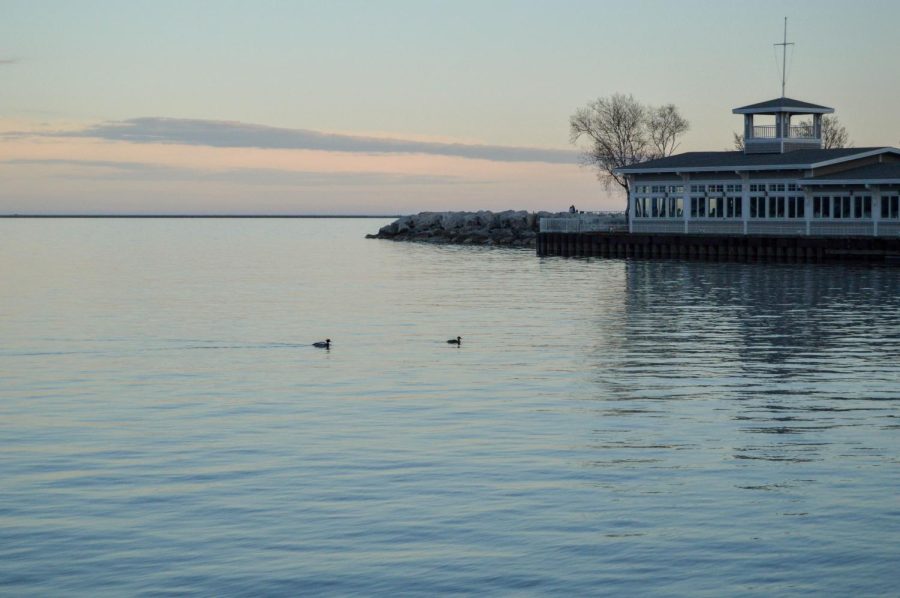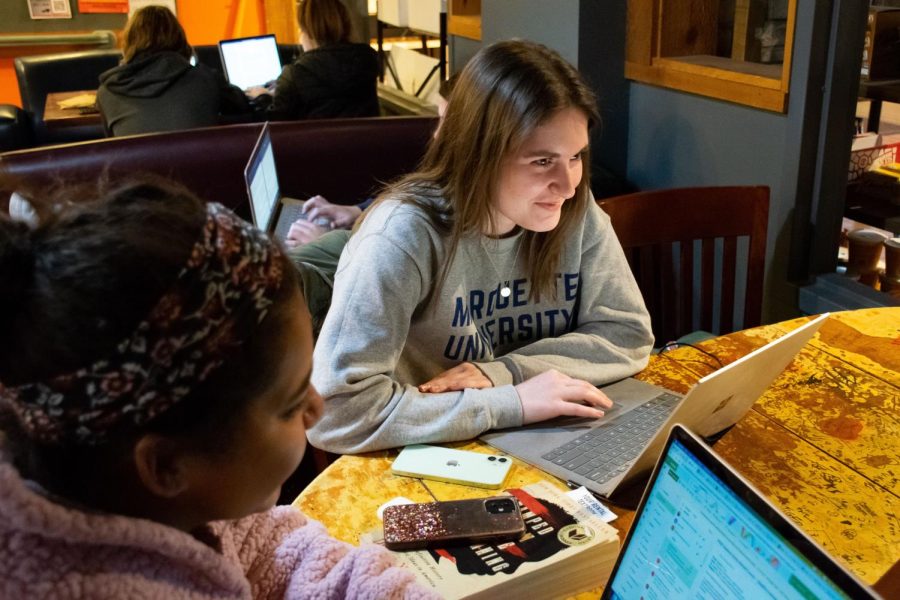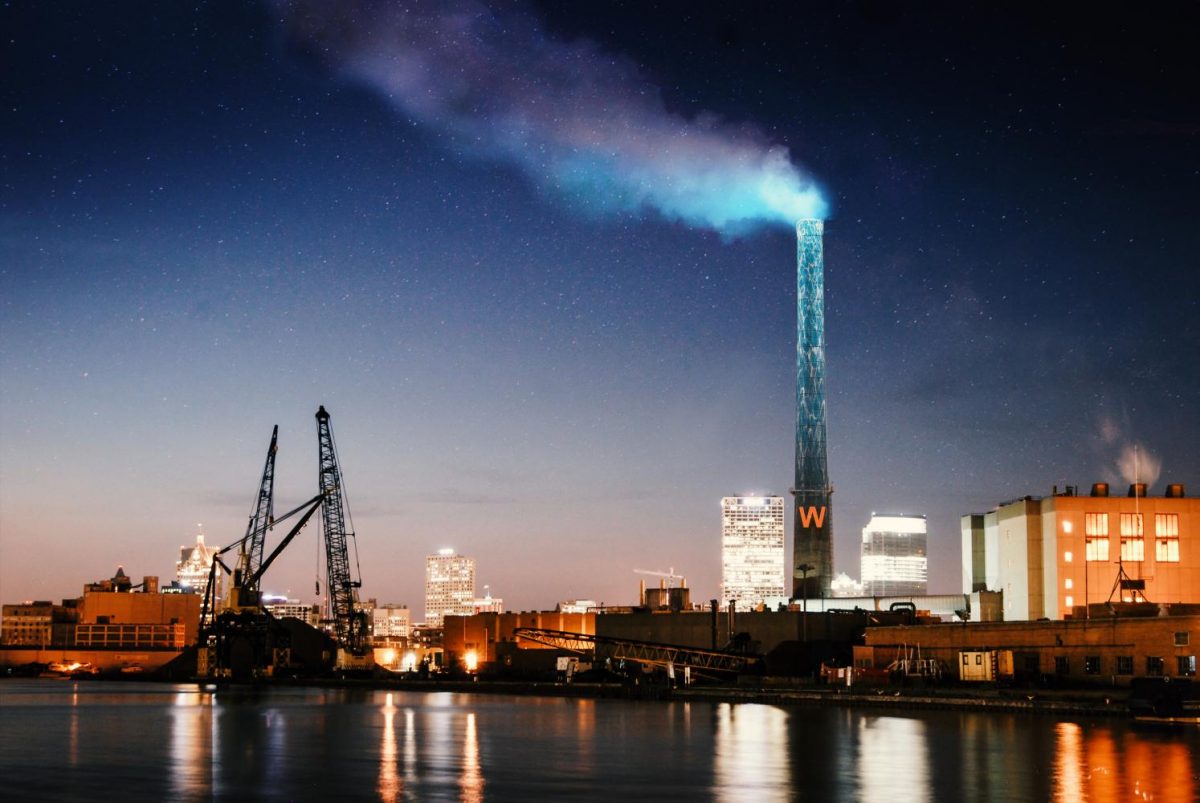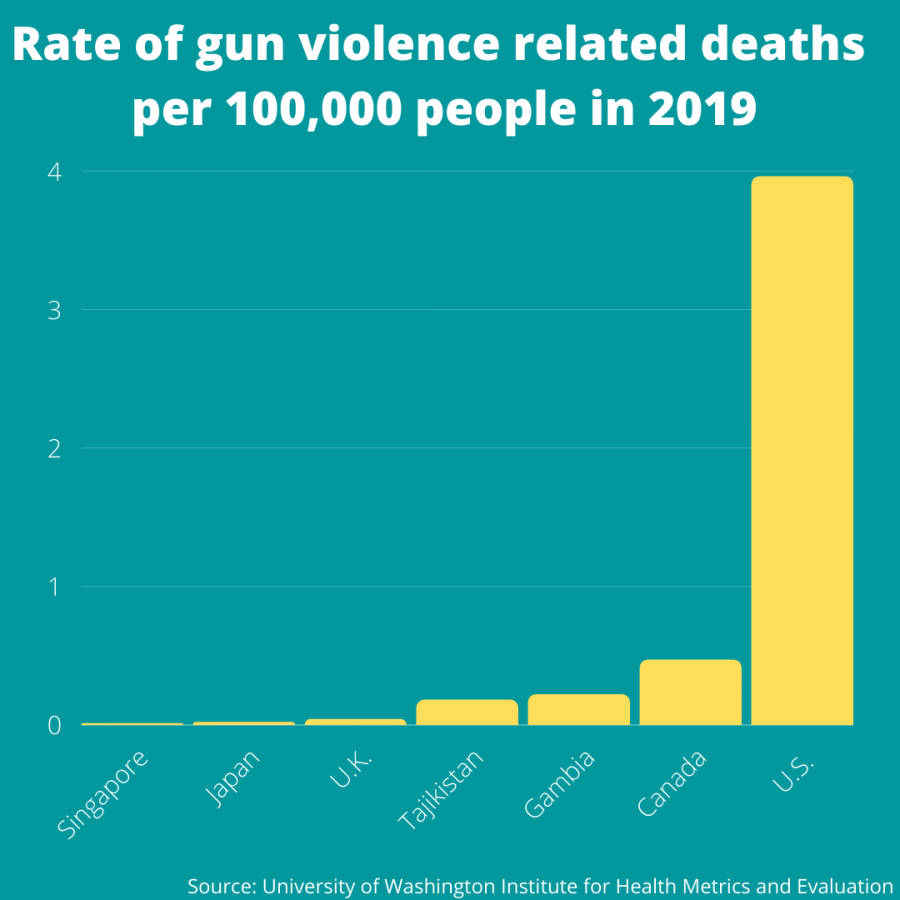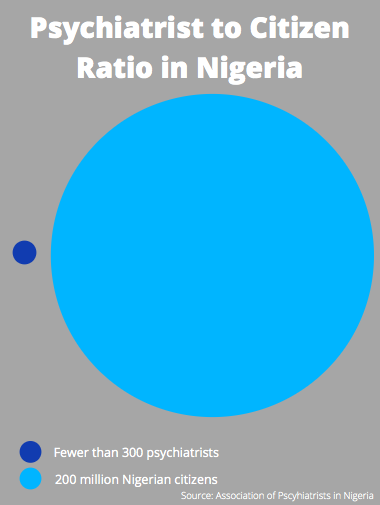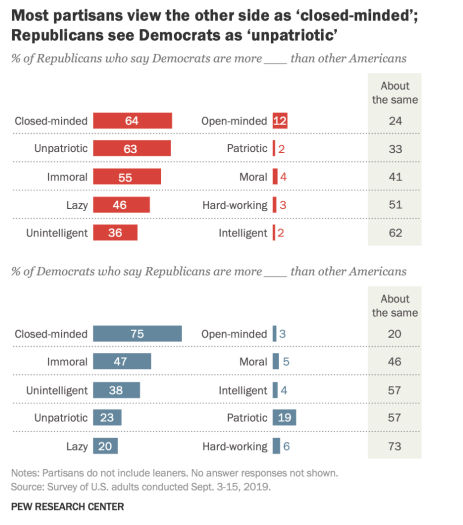
This story is fictional and part of the “Opinions from the Future” series. It is a prediction of what our world may look like in the future in the aftermath of the coronavirus. This story is based on present-day data and available evidence.
It has been 12 long months since the COVID-19 pandemic came to an end, but the struggle is a long way from over.
Thousands have died and thousands more are still healing. A vaccine has only recently made its way to hospitals and many remain wary of coming too close to their peers. Others are still recovering from the loss of their livelihoods, loved ones and peace of mind. But the struggle has not been one that was suffered alone; with the coronavirus in the past, Americans stand unified through adversity.
Though the virus devastated the working class, the immunocompromised and those without access to healthcare, the COVID-19 pandemic was not a crisis endured by any one socioeconomic or ethnic group. It was a collective, world struggle.
In America, people — regardless of background — came together under the banner of a common threat during a crisis preceded by unprecedented polarization. Only a month before COVID-19 came to the United States, the country was grappling with toxic partisanship amidst its third presidential impeachment.
In a 2019 survey conducted by the Public Religion Research Institute, a nonprofit research firm, 91% of Americans said the country was split on politics. Over 60% of Americans belonging to either the GOP or the Democratic Party felt the opposite was “too extreme in its positions,” according to a 2019 Pew Research Center study. Only 17% of Americans said they trusted the government to do what was right, according to a Pew Research Center report.
America seemed to be hopelessly divided.
With the arrival of the novel coronavirus, however, legislators across party lines were forced to cooperate. As a result, social distancing guidelines were established, stay-at-home orders were issued, primary elections were postponed and an economic relief bill was passed by congress to slow the effects of COVID-19.
American businesses adopted new roles to help their communities. Companies like Anheuser-Busch, Ford and Nordstrom used their facilities to produce hand sanitizer, ventilators and protective masks respectively, showing just how resourceful American industry can be.
The mutual effort gave way to a new political and social environment similar yet distinctly different to that seen during WWII and the aftermath of the 9/11 attacks.
Despite being confined to their homes, Americans spread messages of perseverance and hope via smartphones and laptops, encouraging one another with posts while the divisive rhetoric that was once all too common in public discourse became less and less.
Healthcare workers who faced COVID-19 on the front lines are being held in high regard and a new kind of patriotism has formed around doctors, nurses and EMTs. At the pandemic’s peak, resounding applause could be heard in the streets of New York City each night around 7 o’clock as residents commended healthcare workers returning from long shifts spent testing for and treating the virus.
Perhaps most importantly, the COVID-19 pandemic brought American inequities to light. Poverty, lack of healthcare and racial disparities manifested themselves clearly between those who survived and those who perished during the crisis. In Milwaukee County, for instance, despite only making up 26% of the population, African American residents accounted for the demanding majority of deaths and hospitalizations from the virus. Although everyone suffered during the pandemic, the damage was far from equally distributed.
However, this tragedy prompted a vital dialogue between people and government regarding America’s long-ignored inequalities and the movement for more inclusive healthcare is now stronger than ever.
As the country transitions out of quarantine one year later, Americans still have their differences, but they are far from divided. Though the country is still healing, we are healing together.
This story was written by Nicole Laudolff. She can be reached at nicole.laudolff@marquette.edu.



